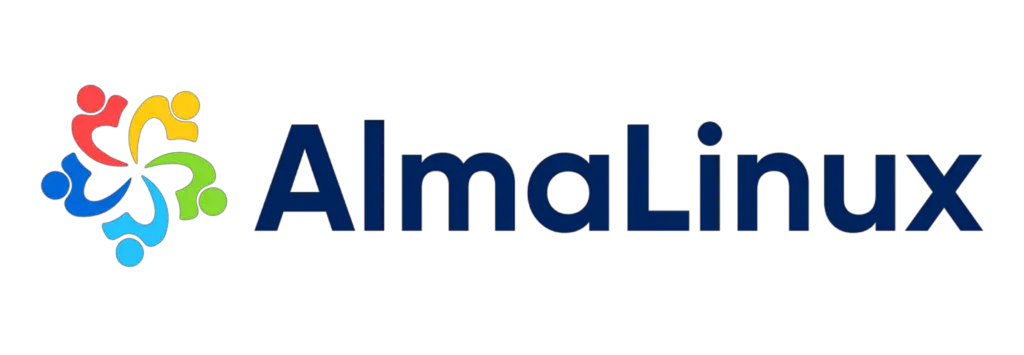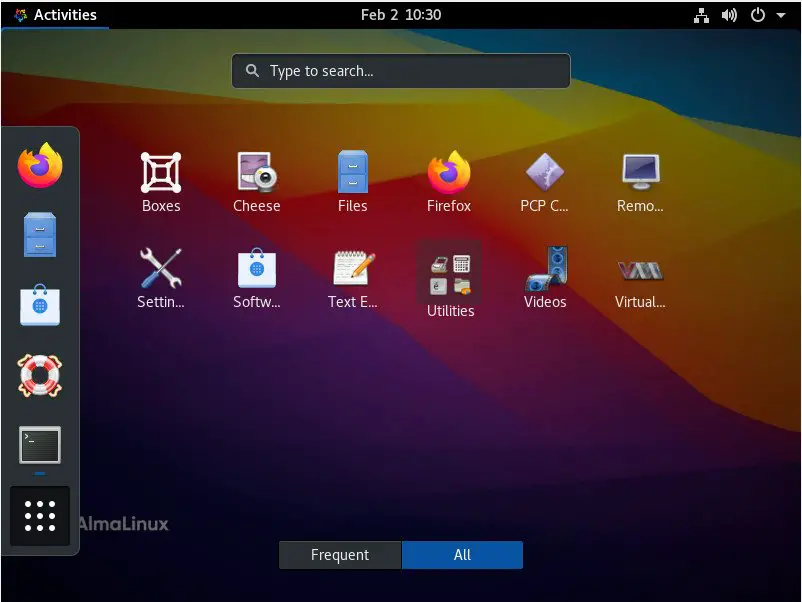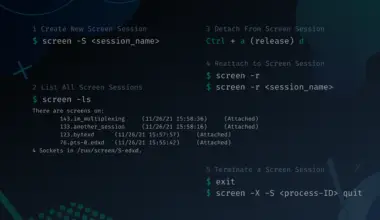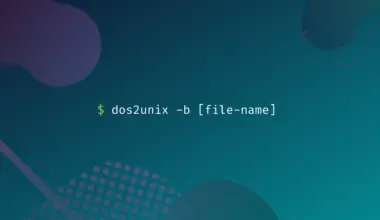Alma Linux is a community enterprise Linux operating system. It is created by CloudLinux Team, who provide services for shared hosting and already have their own commercial Linux distribution, CloudLinux OS.
AlmaLinux OS is designed to be 1:1 binary compatible with RHEL and pre-Stream CentOS.
The AlmaLinux OS is governed by The AlmaLinux OS Foundation, which is a 501(c)(6) non-profit created for the benefit of the AlmaLinux OS community.
It is now gaining popularity mainly among private business and organizations and can be a successor of CentOS Linux. In this article, we’ll try to give a brief discussion over Alma Linux and everything you need to know about it.
Table of Contents
Why Alma Linux is announced
In September 2019, RedHat announced CentOS Stream, an upstream development platform designed for CentOS.
In December 8, 2020, CentOS and RedHat announced the end-of-life (EOL) for CentOS Linux and they also said others to shift focus to the CentOS Stream project.
This shift, from a stable operating system to a rolling release stream, left many organizations without a Linux distribution that fulfils their needs.
After that, many individuals and organizations have tried and launched their own Linux distro to fill the void of CentOS.
Among them, creators of CloudLinux OS also announced that they will release a free, open source, community-based distro and CloudLinux promised it would officially release its new distribution in the first few months of 2021.
Their slogan is “Free Linux OS for the community, by the community”. As of now, CloudLinux has already their commercial OS – CloudLinux OS, Kernel Care and many other products.
And they have stated that they have started involving the community right through the process, including in the governing board for AlmaLinux Foundation and AlmaLinux OS will always be free and open. The community can pick the project at any time.

History of Alma Linux
Alma means “soul” in Spanish and other Latin languages. “AlmaLinux” is named as of a token of appreciation to the Linux community. As of them, the community is the soul of Linux, and everyone that relies on any Linux distribution is indebted to the efforts of the community, so that the name “Alma” is chosen.
A beta version of AlmaLinux was first released on February 1, 2021 and the first stable release of AlmaLinux was published on March 30, 2021. Currently on May 25, 2022, Alma Linux 8.6 is released with code name “Sky Tiger”.
As Alma Linux is a downstream, rebuild of RHEL 8 and aligns with the RHEL 8 lifecycle, Alma Linux 8’s planned EOL is May 31, 2029.
Features and Why Use AlmaLinux
The main attraction AlmaLinux has drawn is that it is founded and created by an organization who are really experienced with Linux distributions. With proper financial and development backing from CloudLinux, this distro has drawn serious attention in IT community.
Likely so, Alma is providing the stability as of CentOS. As of being a downstream of RHEL, it tracks and follows the stable release of RHEL and provides binary compatibility of RHEL.
The migration from other Linux distro like CentOS, Rocky Linux are relatively easy as Alma Linux provides migration tools and scripts. Moreover, AlmaLinux publishes their release notes and source code, so people can easily develop updates and compatibilities of their own.
Another thing is the lesson that we all have learnt from the whole CentOS and RedHat scenario.
So now Alma Linux has promised to stay always as an open source Linux distribution. They clearly mentioned in their site, “AlmaLinux OS Foundation members, sponsors and partners back the AlmaLinux OS with investments and long support commitments to ensure the distribution is free of limitations, fees and charges“.
The features, performance, stability all of them are almost same as of RHEL as it is based on RHEL’s stable source code. Moreover, they are claiming AlmaLinux as production-ready, most stable and secure Linux out there.
If you are dependent on CentOS and don’t want to pay for RHEL, you could easily consider Alma Linux as a replacement of CentOS and can migrate from CentOS to AlmaLinux.
Just to keep in mind that, they are relatively a new OS in market, so there exists some compatibility issues with other third-party apps and it will take time for them to reach the height of CentOS.
And there are also some new competitors in the market like Rocky Linux, creation of CentOS founders, with whom they have to compete and gain popularity.
The ISOs can be found on the website of AlmaLinux foundation here. The installation is similar to CentOS/RHEL and pretty much every other Linux installation program. ISO images are available for both x86-64 and ARM, and for each architecture, there are “Minimal“, “DVD“, and “Boot” options with “torrent” and “checksum”. The minimal version of AlmaLinux 8.6 is about 1.5 GB.

After proper installation and logging, you will get a familiar GNOME desktop screen as of RHEL as shown above. For being an exact copy of RHEL, you will get all the flavors RHEL provides.
Support
For support, there is a strong commitment to have proper community support, as the distro is said to be managed by the Linux community themselves and open source AlmaLinux Foundation.
Since the project is backed by CloudLinux, we can also have support from them. The AlmaLinux community already offers support for Linux kernel and core package patches and updates, as well as premium support tier is available for enterprises who require dedicated service.
Lately, CloudLinux has released TuxCare, a support service for vendor-level support with an independent technology partnership to keep Linux systems always secure, up-to-date and functional. By this, they will provide premium support for not only Alma Linux, but for all types of Linux distros.
Conclusion
Here in this article, we’ve just shared necessary information related to Alma Linux. Different people have different opinion about which distro to prefer, in context of server or workstation.
Companies and users who rely on a reliable, user-friendly, and a free Linux version, can easily give it a try. Do leave a comment if you have something to know or share with us.



![How To Make a GET Request With cURL 21 curl -X GET [option] [URL] on a blue gradient background](https://bytexd.com/wp-content/uploads/2022/08/How-To-Make-a-GET-Request-With-cURL-380x220.png)


